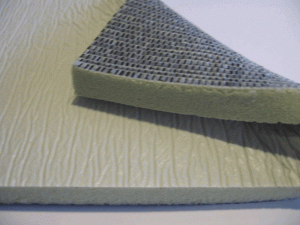The basics of carpet padding
 Summary: All residential carpeting has some form of carpet padding. Choose a padding that is appropriate for the carpet, even if it means choosing a different retailer. Avoid a padding that is too thin or too thick. There are several types of padding, with bonded urethane the most popular.
Summary: All residential carpeting has some form of carpet padding. Choose a padding that is appropriate for the carpet, even if it means choosing a different retailer. Avoid a padding that is too thin or too thick. There are several types of padding, with bonded urethane the most popular.
Every residential carpet installation has a foundation of carpet cushioning, also known as carpet padding. Here is what you should know about carpet padding:
When it comes to choosing both the carpet and the padding, choose a balance between the two. Do not choose a padding at the expense of carpet quality or the reverse. Choosing a poor carpet or poor padding will not result in a good experience.
Retailers tend to stock one type of padding, mostly due to bulk purchase discounts. Ask your retailer for several options. If the retailer does not have additional options, ask if you can order custom padding.
There are two common mistakes when ordering carpeting, ordering padding that is either too thick or too thin. When the padding is too thin, the resulting footfall will eventually damage the carpet and cause delamination. When padding is too thick, the issue is not of performance, but height. When the carpet plus the padding is too thick, there is a danger of the carpet coming off the tack strip.
There are five popular types of carpet padding. The first is waffle rubber which has a waffle-like texture and is within ½ an inch. Second, there is urethane foam which is available in different densities and thickness. Lastly, we have the most popular carpet padding, a bonded urethane known as rebond.
Written by the Foam Factory, Inc. A company specializing in the manufacture and sale of foam products like flexible polyurethane foam.
